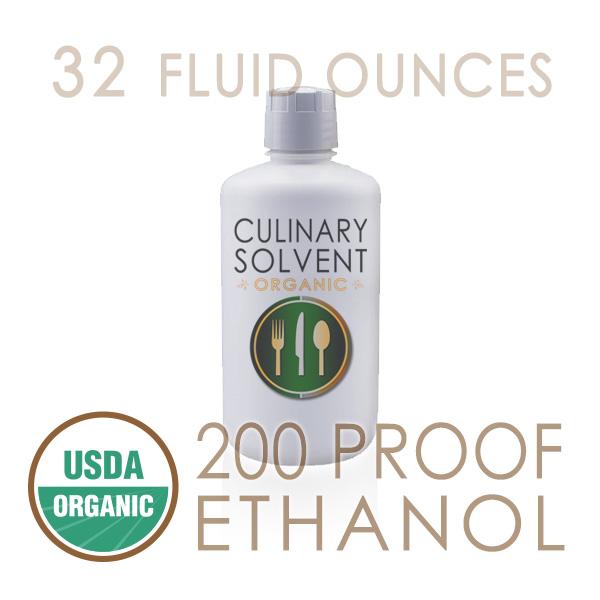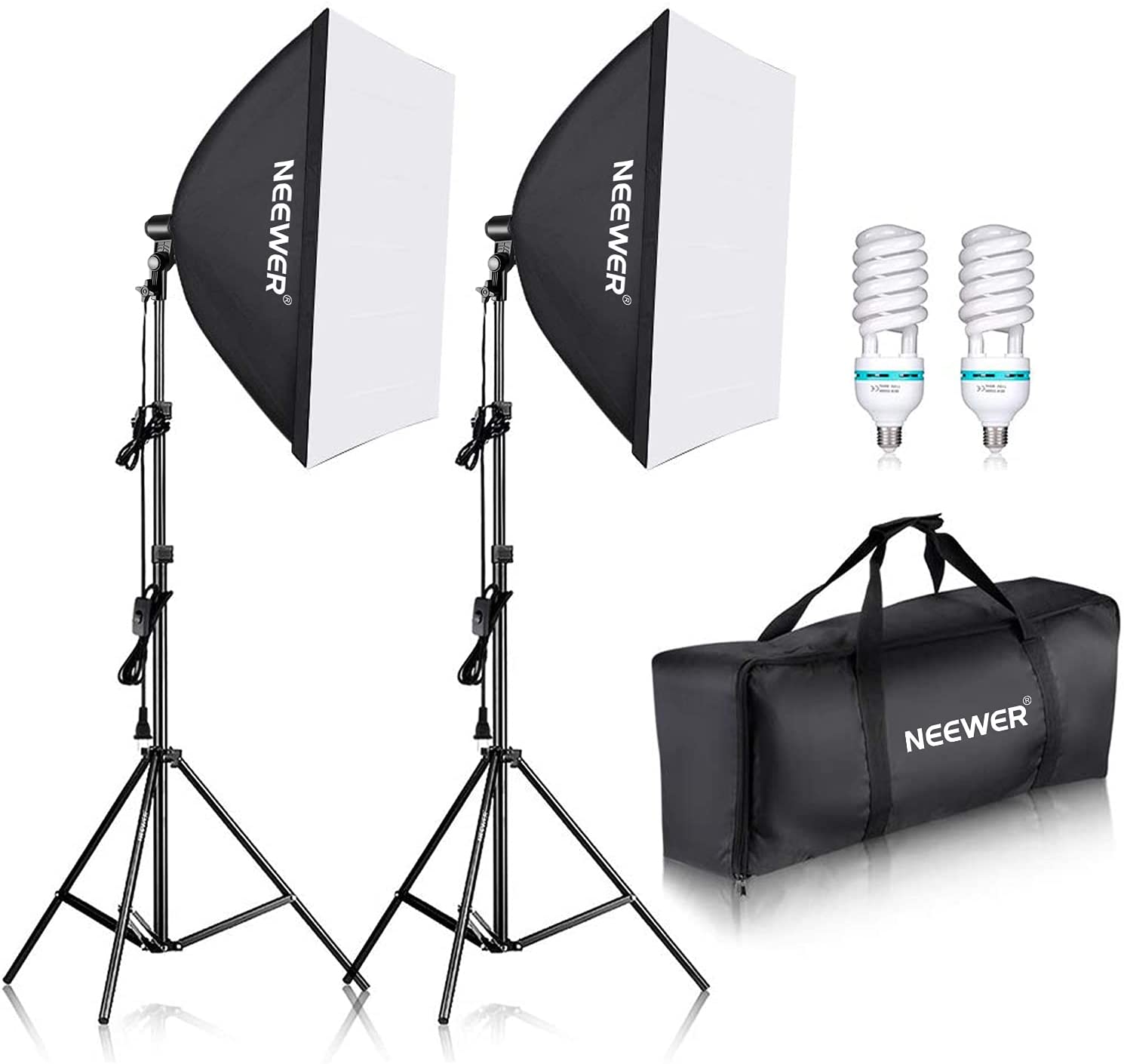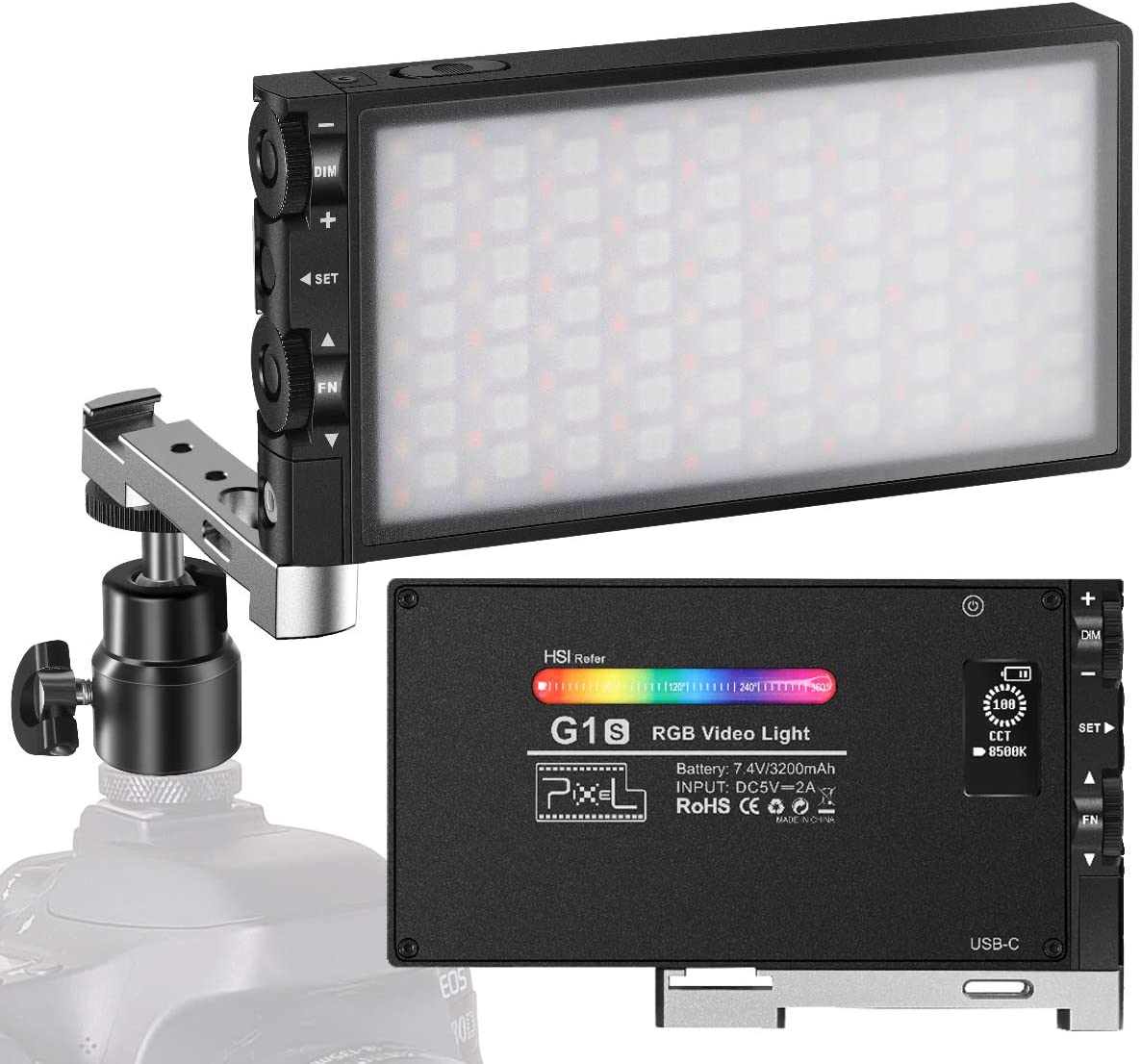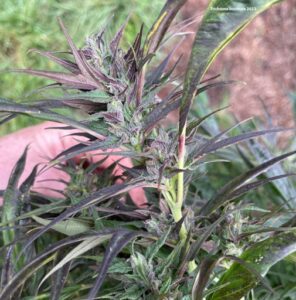Whether you’re a professional chef or a home cook, here are the top 10 things anyone cooking with cannabis needs to have in their kitchen!
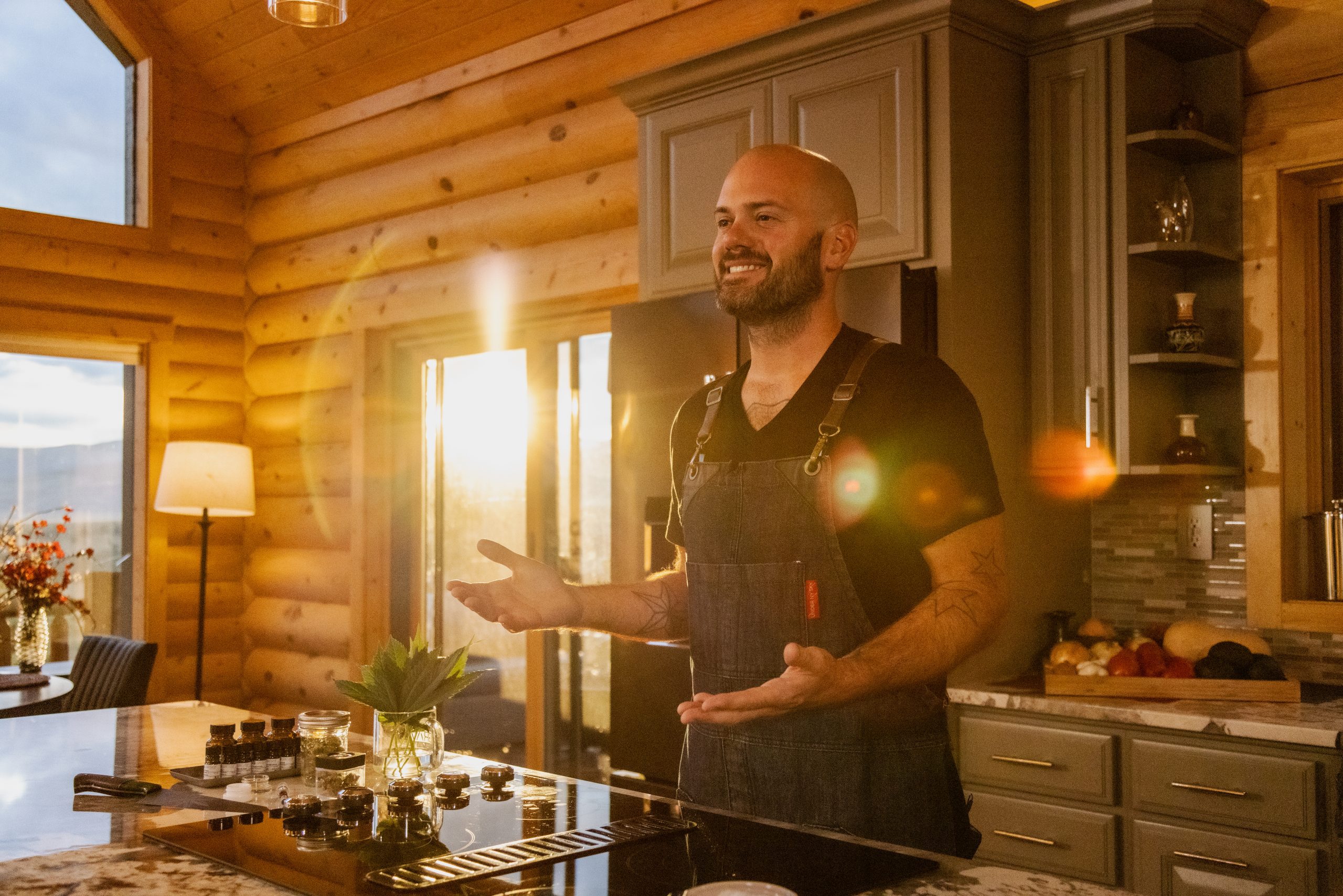
1. Scale
Scales are generally found in the kitchens of many bakers. When fine tuning recipes for bread, cakes, and pastries, it’s a lot more accurate to weigh out each individual ingredient. A cup of one person’s flour could weigh significantly different than another, depending on the flour, humidity, how the flour was packed into the cup, and the accuracy of the cup itself. However, most savory chefs and cooks don’t use scales nearly as often as a baker… until cannabis got involved!
There are two types of digital sales that I would recommend having in your kitchen. The first is a .01 gram scale, which is best when working with cannabis flower and infusion bases like olive oil or ghee. The second is a .001 gram scale, which is best for weighing out concentrates, especially when you’re using less than a gram worth.
These are the two scales that I currently use on a regular basis in my kitchen. They are super affordable and they’ve handled a bit of tough love as well.
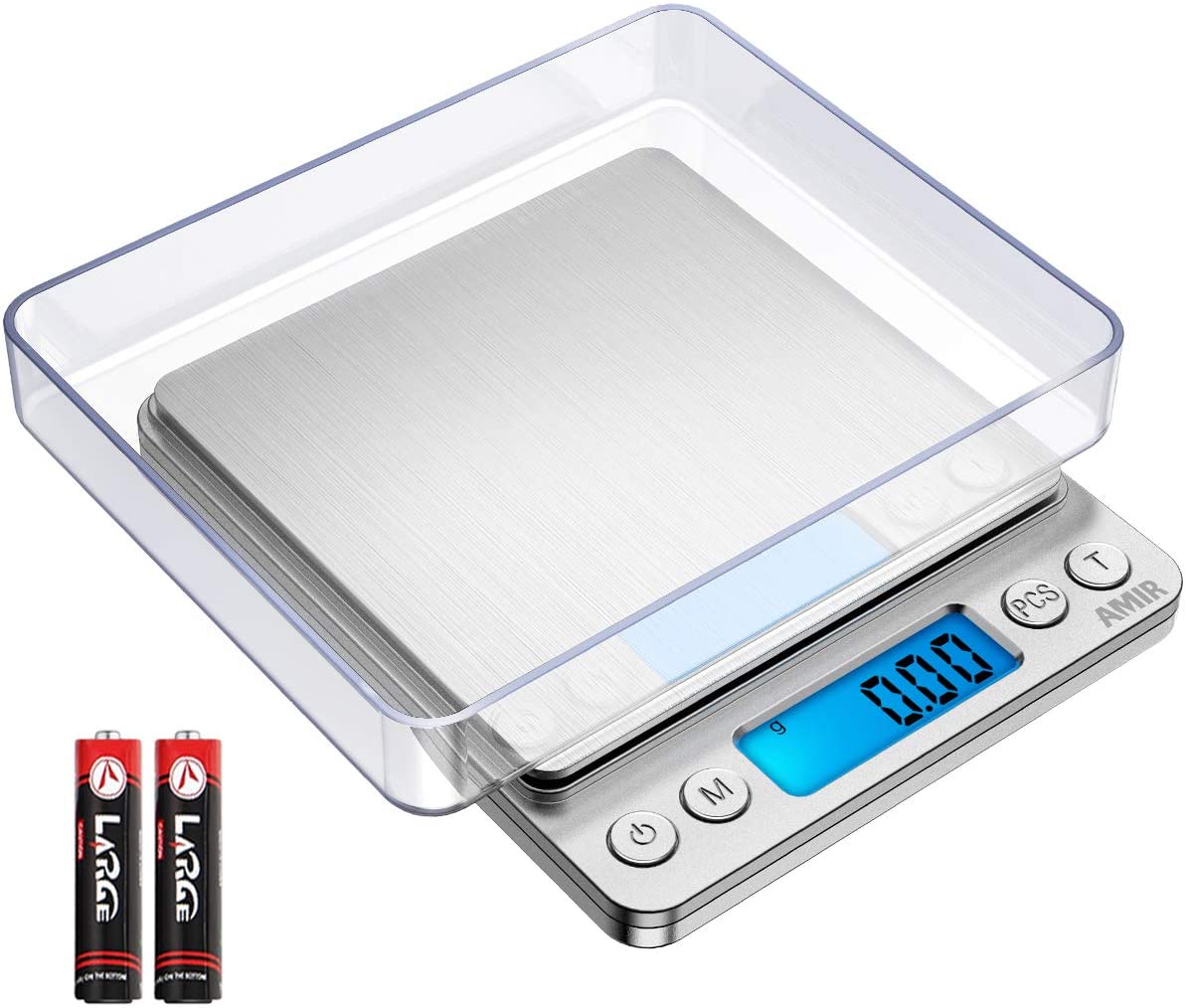
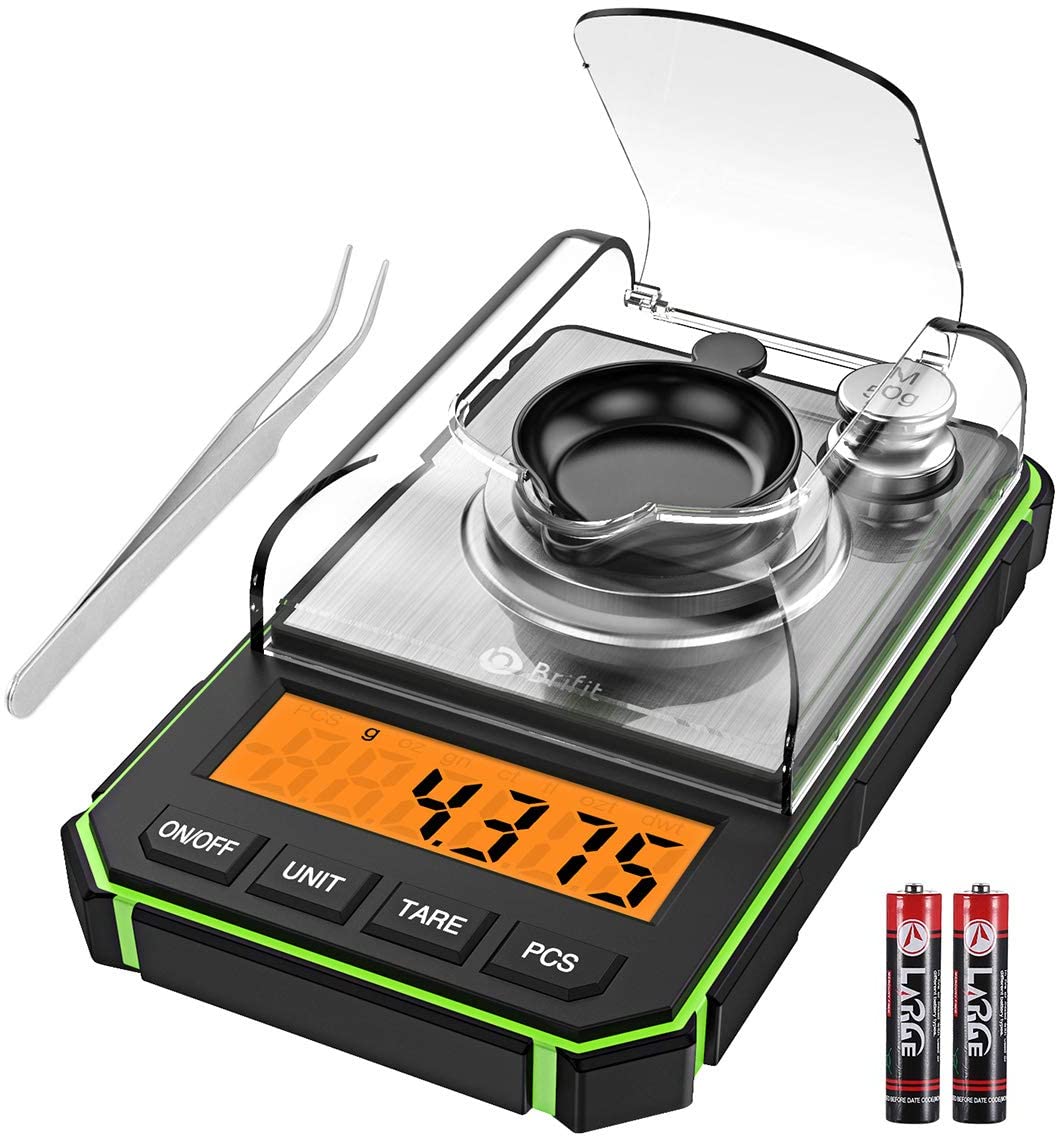
2. Thermometer
Whether you’re using a double boiler, sauté pan, toaster oven, or a hot oil bath, being able to quickly check your infusion temperature is important. There’s a lot of conflicting information about what temperatures destroy certain cannabis compounds, or if some of those compounds even matter when you’re dealing with an edible. However, as a chef it’s important to standardize your recipes and procedures, so experiment with different temperatures and document how flavor and aromatic profiles change at differing temperatures.
You can’t go wrong with an old school analog thermometer that can withstand super high oven temperatures – much higher than you should ever be cooking with cannabis at. They are super durable and never break the bank when they need to be replaced. The only issue with this style thermometer is that you can’t easily see what the temperature is if you’re using it in an oven. This is why I prefer probe thermometers with digital displays, timers, and temperature alarms. The benefit of a double probe thermometer is that you can have one in your infusion, and another out open in the oven just to make sure your temperature is regulated, or in oil for oil baths.
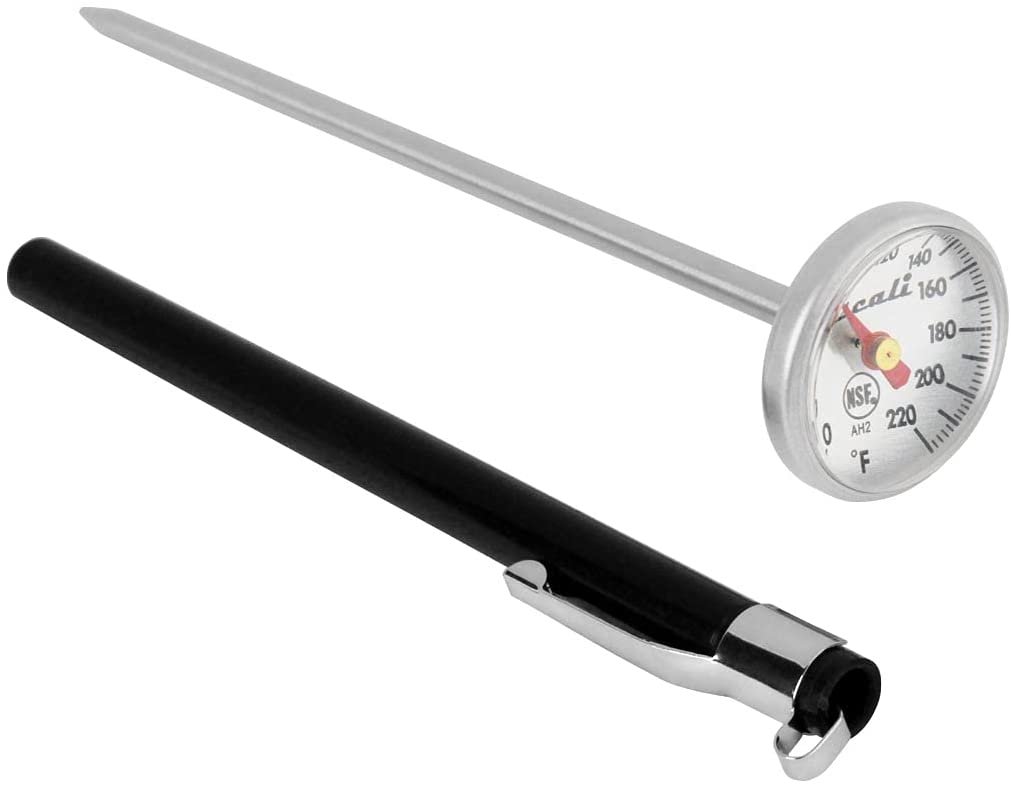
3. Muslin Bags / Brewer’s Bags / Nylon Bags
You’ll rarely ever have to strain an infusion made with a concentrate, but when it comes to flower infusions, a super fine strainer is going to be your best friend. But, totally forget about a chinoise, colander, or metal strainer because they will allow way too much flower material to pass through. Instead, order yourself some muslin bags. A muslin bag is also referred to as a brewer’s bag or a nut milk bag. There are two types of muslin bags; cloth and nylon. I wouldn’t recommend using anything cloth as a strainer for infusions, especially not cheesecloth, due to the fact that they are hard to clean and once the cloth gets wet, they loosen up and allow particles of flower through. The nylon bags on the other hand are super easy to clean, they do not stretch, and they last forever.
You’re going to find different names and variations of names when you search for these bags. I’ve seen some described as “nylon muslin bags” while others are separating “muslin bags” (cloth only) and “nylon bags”. Regardless of the name, just make sure you’re getting nylon.
A 200 micron hash bag will also work, especially if you’re doing flower infusions in bulk. However, I personally prefer the muslin bags because they are easier to store and I can use the screw part of a two piece ball jar lid, to secure the bag over the jar as I’m straining.
Tip: The best way to get the most out of a nylon muslin bag is to strain your infusions through the side of the bag. This allows you to have two layers of filtration and prevents chunks of flower from getting into the seams of the bag, which is a pain in the ass to clean out.
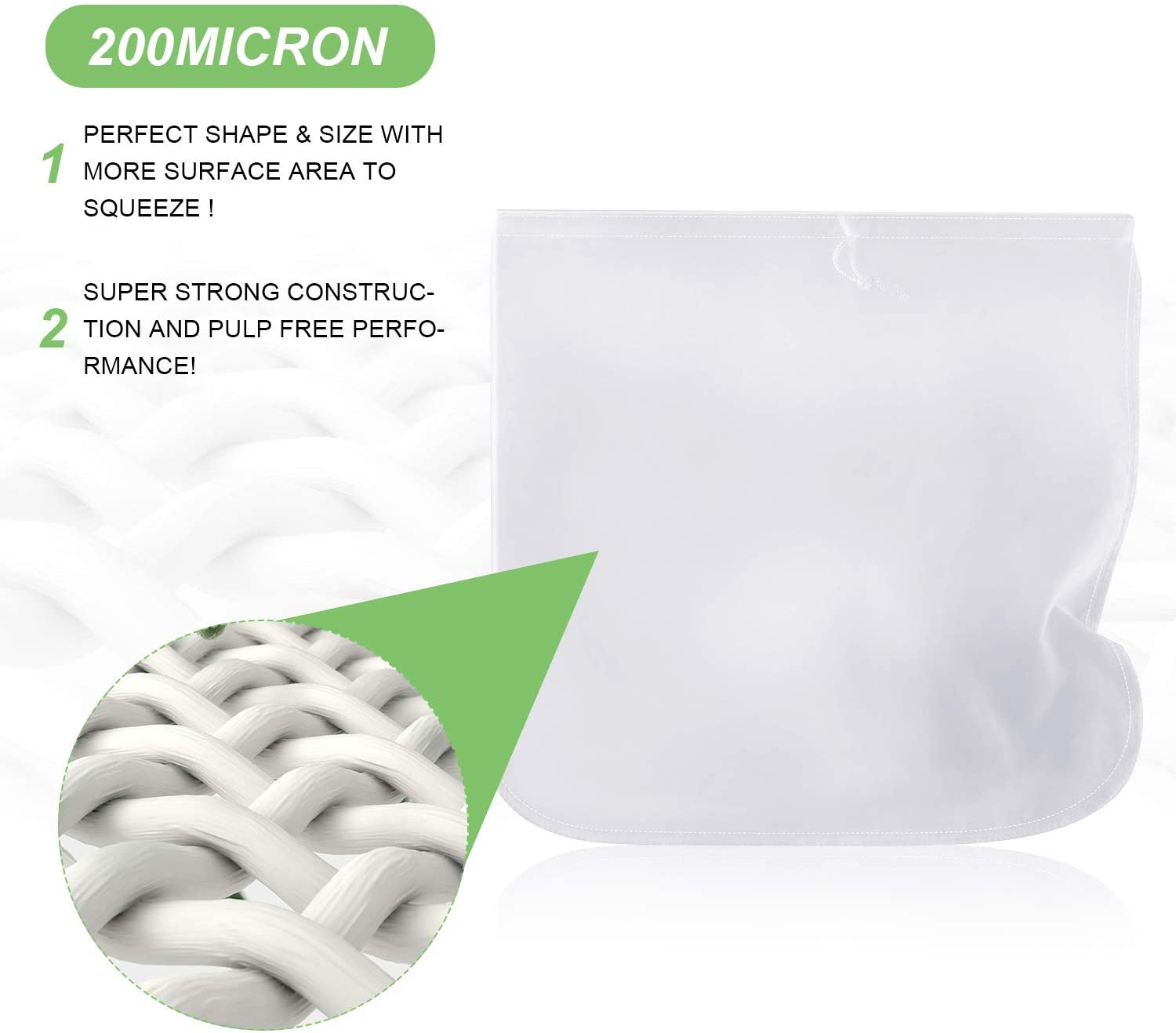
4. Beakers
Beakers are amazing to work with when making infusions. They are oven and hot plate safe up to temperatures well beyond what you’ll reach in most kitchens and they are super easy to clean. Beakers include measurement marks in milliliters, which makes determining the serving size of a cannabis infusion a lot easier since cannabinoids are measured in milligrams. 1 mg/ml is a lot easier than 1 mg per .2 teaspoon. I would recommend that every cannabis chef familiarizes themselves with the metric system if they are only used to imperial.
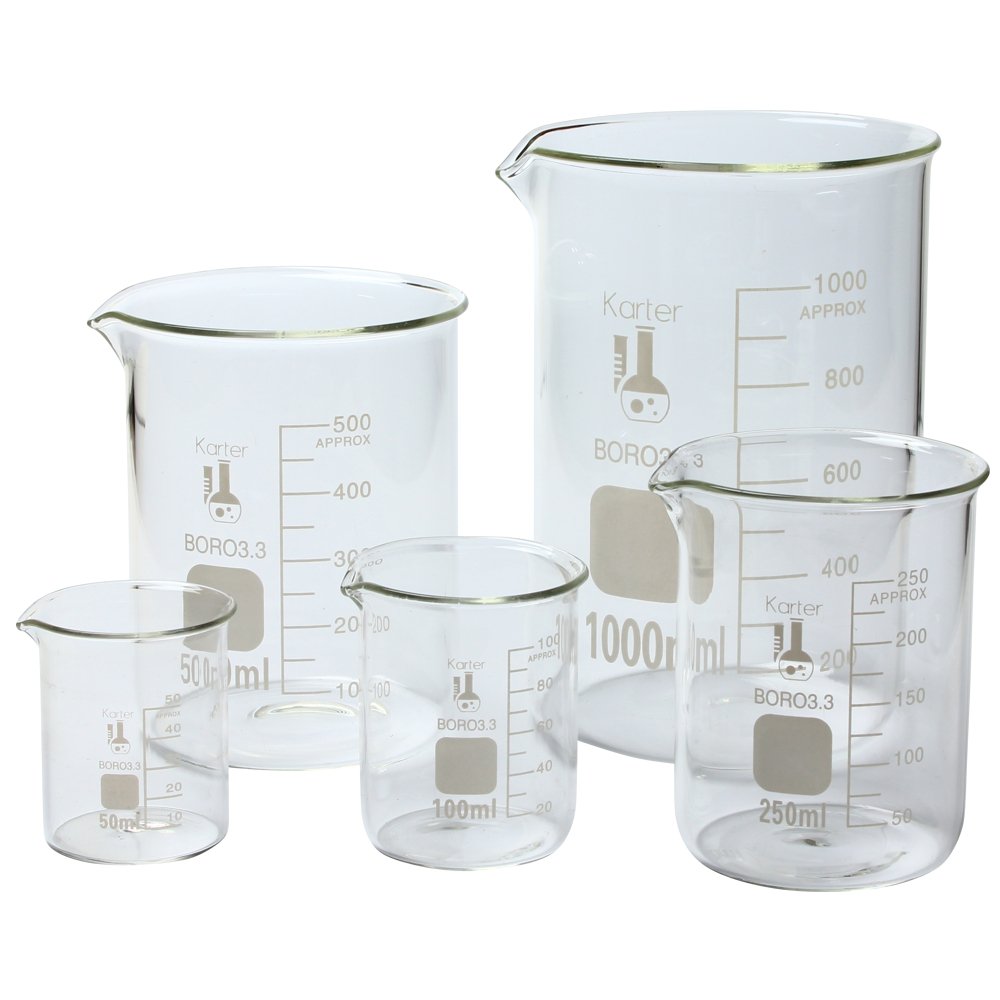
5. Convection Oven
If you were to put two temperature probes like the one mentioned above, into a normal oven without convection, you could easily end up with significantly different temperatures throughout the oven. But if you did the same thing in a convection oven, you’d find that the temperatures at the different locations are nearly identical.
A convection oven has a fan in it that keeps the air moving around. This allows the heat to be evenly disbursed, preventing cold spots and uneven cooking. Not only is this style of oven great for cooking in general, but it’s also awesome for decarbing cannabis. Although there are many factors when it comes to decarbing cannabis, anything you can do to ensure consistency will increase your chances of having an efficient decarb experience.
Many newer ovens and microwaves have convection settings, but I’m a huge fan of using my air fryer for decarbing cannabis. The small size ensures much more even cooking (I know because I’ve tested it with two probes at a time in different areas), and they heat up in only a couple of minutes – this means that if you’re decarbing a concentrate and need to open the door to stir or check your internal temperature, when you close the door and the air fryer heats back up again, it gets back to temperature super fast. This would not happen with a large residential or commercial oven. However, you need the right style of air fryer that has different cook settings like bake, roast, dehydrate, etc. I’ve been using the air fryer below for about a year and I love it! Aside from decarbing cannabis, this thing makes the best home cooked fries and wings ever!
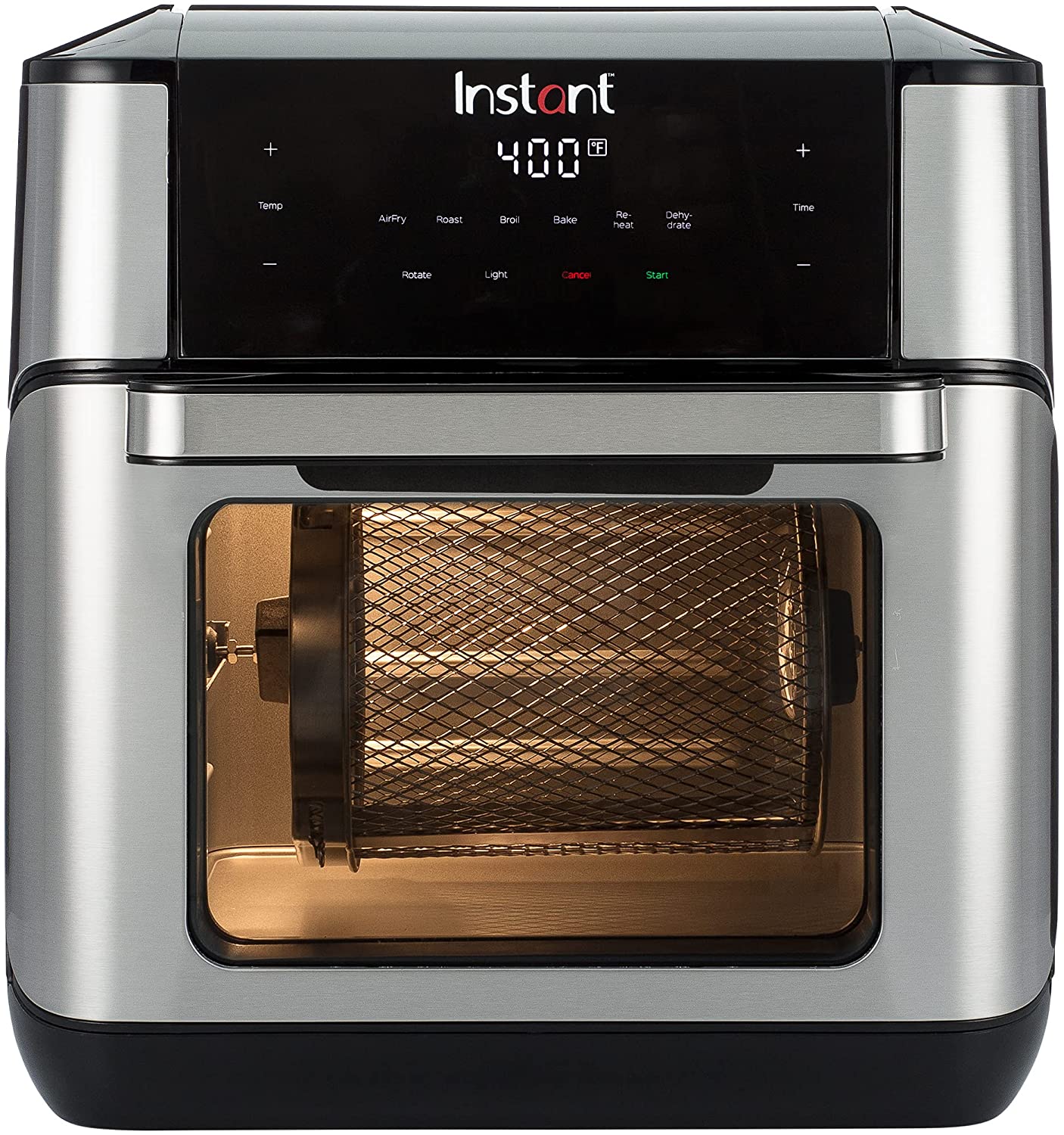
6. 200 Proof Alcohol
200 Proof Food Grade Ethanol Alcohol is not only great for making alcohol infusions, it’s the only thing that cleans up sticky resin with ease. Depending on where you live, you may not be able to access 200 proof alcohol without a permit, or it may be totally illegal. Right now, about half the US has no restrictions. If you can’t access 200 proof, you may be able to get 190 proof Everclear or 151 proof grain alcohol or rum that will certainly work, but 200 proof is definitely the best.
I’ve scrubbed dab tools and beakers with super heavy duty degreaser soap for minutes at a time without much of a result, whereas a dip, swirl, or wipe down of some 200 proof alcohol took only a few seconds.
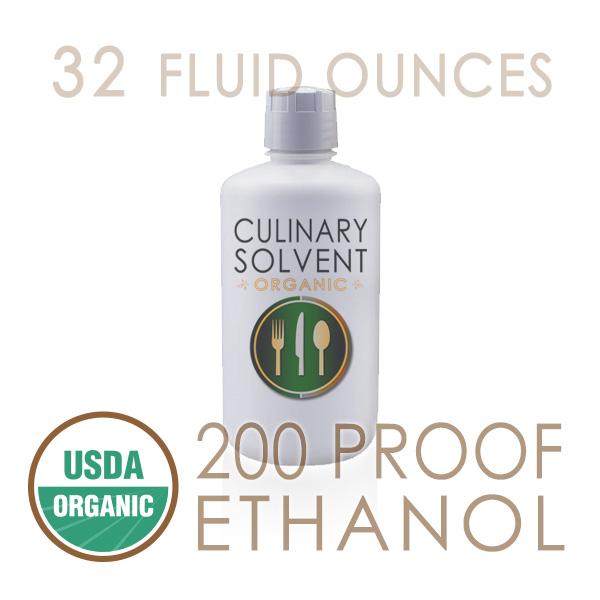
7. Nitrile Gloves
Gloves are a must-have in most professional kitchen settings, but they are also super convenient for the home cook as well. The best thing about nitrile gloves from a chef’s perspective, is they are a lot easier to get on when your hand is damp, compared to latex, and they don’t leave weird looking and smelling powder like the powdered ones do. They are a lot more durable and generally have some kind of texture to them as well, which is great for grip. Finally, they come in badass colors which can be great for your “branding”. I love the orange or black nitrile gloves.
Aside from touching food and preventing your hands from getting cannabis resin all over them, gloves are a must when handling high proof ethanol alcohol. If you get too much on your skin, it can rapidly be absorbed and could potentially make you feel sick due to the alcohol entering your bloodstream without being metabolized.
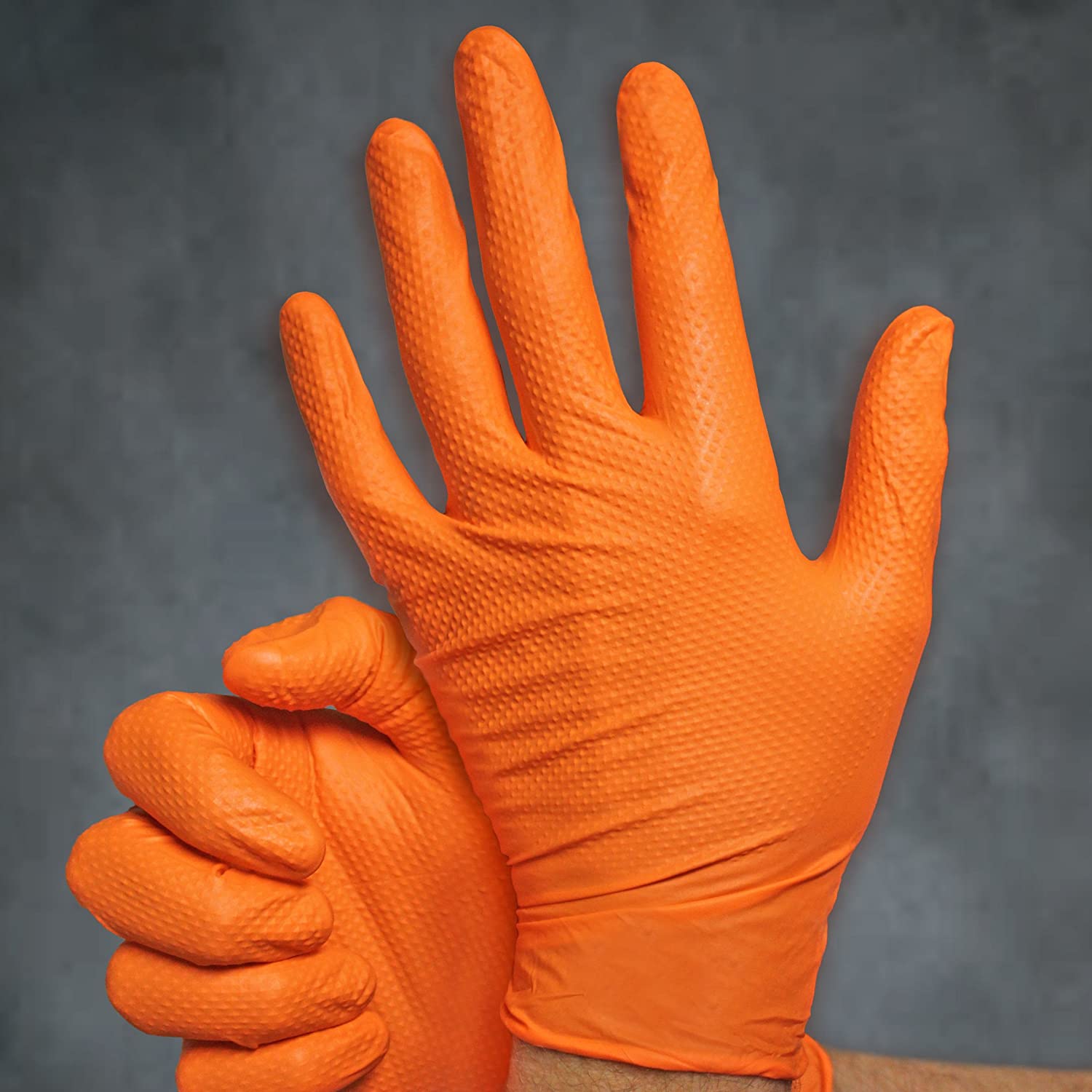
8. Culinary Experience
Before you can become a cannabis chef, you must be a CHEF first. This doesn’t mean that you need to have an expensive culinary degree from the Culinary Institute of America, or any degree at all, but you have to have experience cooking and handling food. Many chefs with a culinary education or several years working in a professional kitchen, will be well equipped with the knowledge needed to safely prepare food for the public. Even if you’ve never worked in a kitchen before and you’re completely self-taught, that doesn’t mean you can’t be a part of the cannabis chef movement. However, you must take personal responsibility and accountability in utilizing online resources to learn about programs/certifications like ServSafe, so that you can properly prepare food for any public or private event. This isn’t even about whether your food tastes good or not – I don’t care – what I care about is that it’s SAFE! Check out the American Culinary Federation for food handling and safety programs and certifications.
9. Camera & Lights
We live in a digital world, folks, and if you’re not blowing up Instagram, Facebook, Twitter, and other social media sites with photos of your delicious cannabis creations, you’re not going to get the exposure you need to be a successful cannabis chef. You could have the most impressive resume in the world, but if people don’t know you exist, chances are you’re not going to have enough people to fill the seats at your dinners and events. And not only do they need to see you, what they see has to look really good!
You don’t have to be a social media expert to get noticed, but there are a few things you can do to make sure you get exposure – not blacklisted for posting cannabis content.
A few tips:
- Don’t post blurry or poorly lit photos. Use a newer camera phone or get a decent camera for a couple hundred bucks. Whatever you use for photography, just be sure you get a small and inexpensive photography light that will make your food look amazing.
- Don’t use any cannabis related hashtags! Your account will immediately get “categorized”. #weed #cannabischef #marijuana #edibles, etc will only hurt you!
- Focus each post on the food and let the cannabis part of the equation be secondary.
- Engage with as many people as you can. Take 15-30 minutes a day responding to comments, liking food related posts, and starting conversations on other pages.
- Show some behind the scenes and real life work of you prepping, working on recipe development, cooking for events, etc. Make sure your profile doesn’t just look like a cookbook – you need to show your personality and life throughout as well.
Take it from me, I’ve been through the wringer with social media. I’ve learned what works, what doesn’t work, and what gets my account put into the dark for a few days.
10. Cannabis Education
If you’re serving guests food with psychotropic compounds in it, you better know what the hell you’re giving them and how it will make them feel. There is a ton of free information online about cannabis and edibles, unfortunately, sifting through what’s right and wrong, can be a challenge.
In late 2021 Trichome will be launching the Cooking with Cannabis online course, created in partnership with the American Culinary Federation. The course goes deep into the science of cannabis and food, and will guide you through the various infusion methods for flower and concentrates. I’m obviously a bit biased to the course, considering I wrote and filmed it, and I’m a partner of Trichome, but it’s with good reason…
The amount of misinformation about cannabis in general, especially in food, is alarming. I hear experienced cannabis chefs and OG’s make claims about edibles all the time, that have no evidence to back whatsoever. Aside from misinformation being an issue, improper dosing with THC infusions is causing a lot of people to have bad experiences with edibles, which doesn’t help the fight for legalization. So, I spent a lot of time researching ingestible forms of cannabis, the effects of cannabinoids, terpenes, and food ingredients, along with diving into the research on decarbing and making infusions. I think this information, combined with food safety training, will help make a well-rounded and professional cannabis chef.
Whether you enroll in the course or not, I would encourage you to learn everything you can about cannabis. Check out the other courses offer by Trichome, watch our free educational videos on YouTube, and make sure you’re learning information from sources that provide references to their research.
Let me know in the comments below if there are any other things you think should be added to this list!
Note: Trichome, Chef Brandon Allen, or the ACF have no relationship or affiliate partnership with any of the products or companies referenced in this article (apart from the Cooking with Cannabis course).
